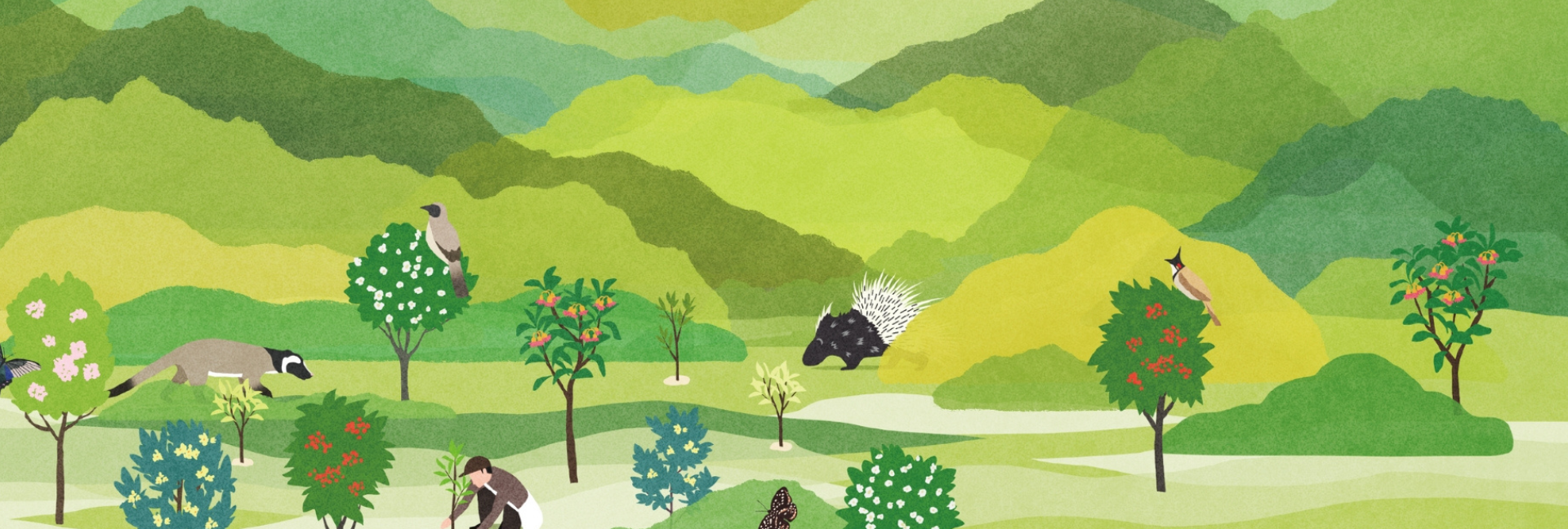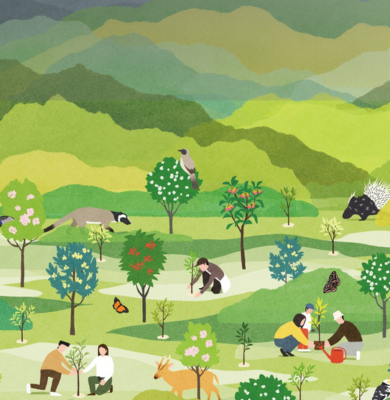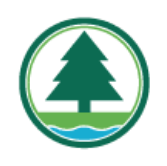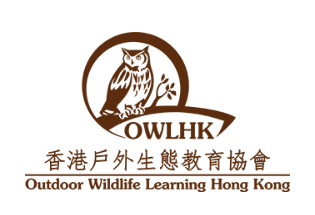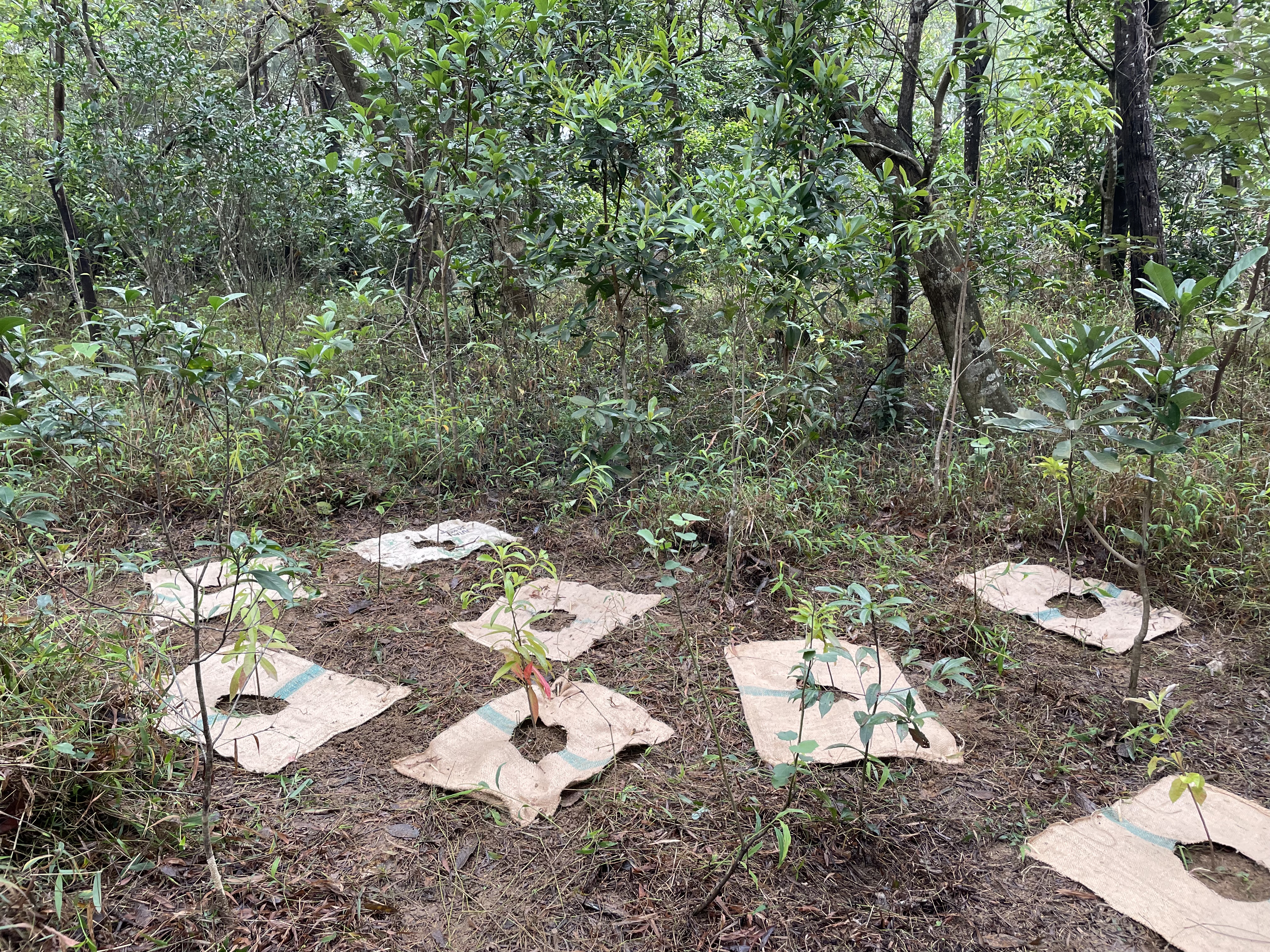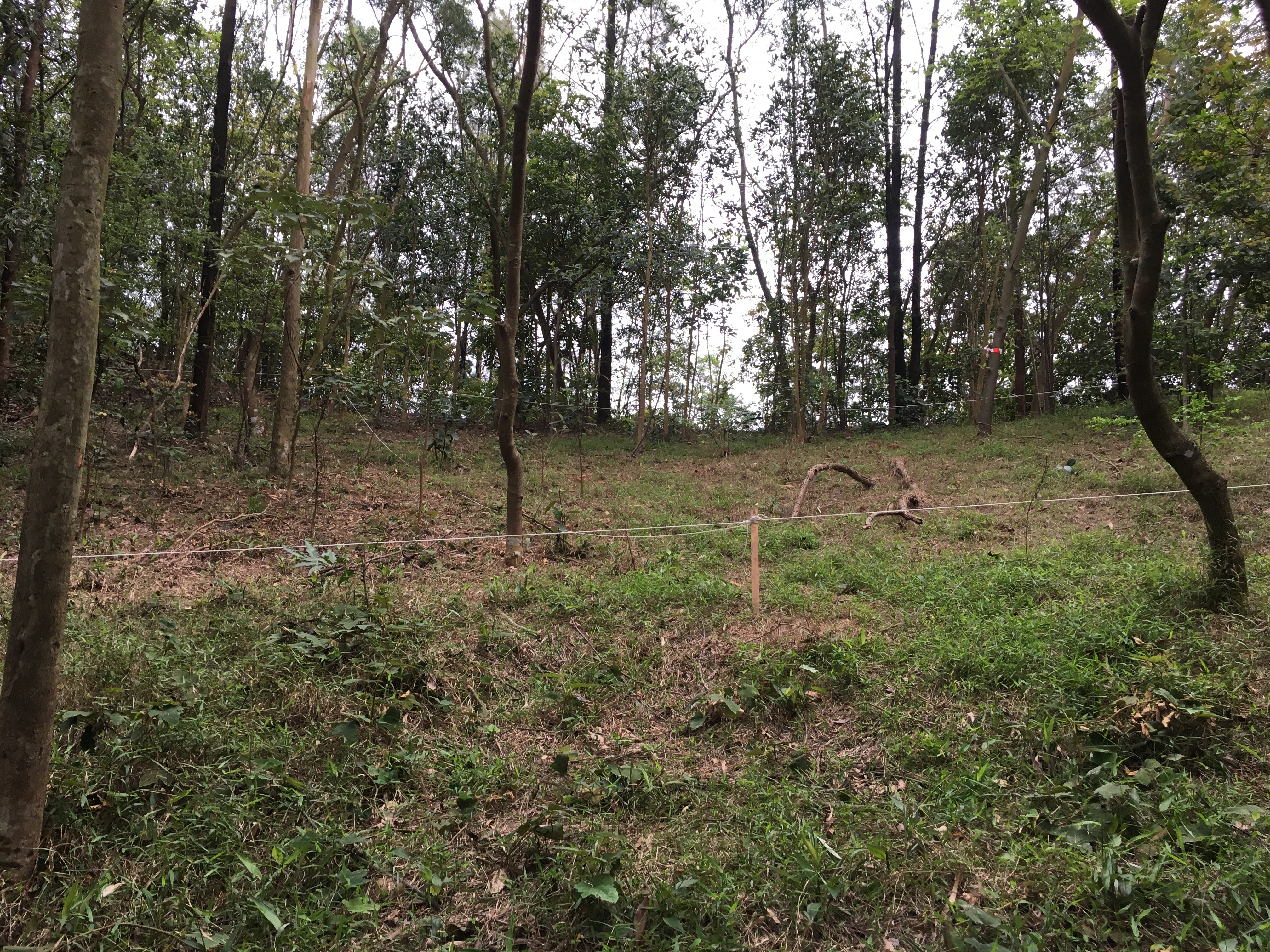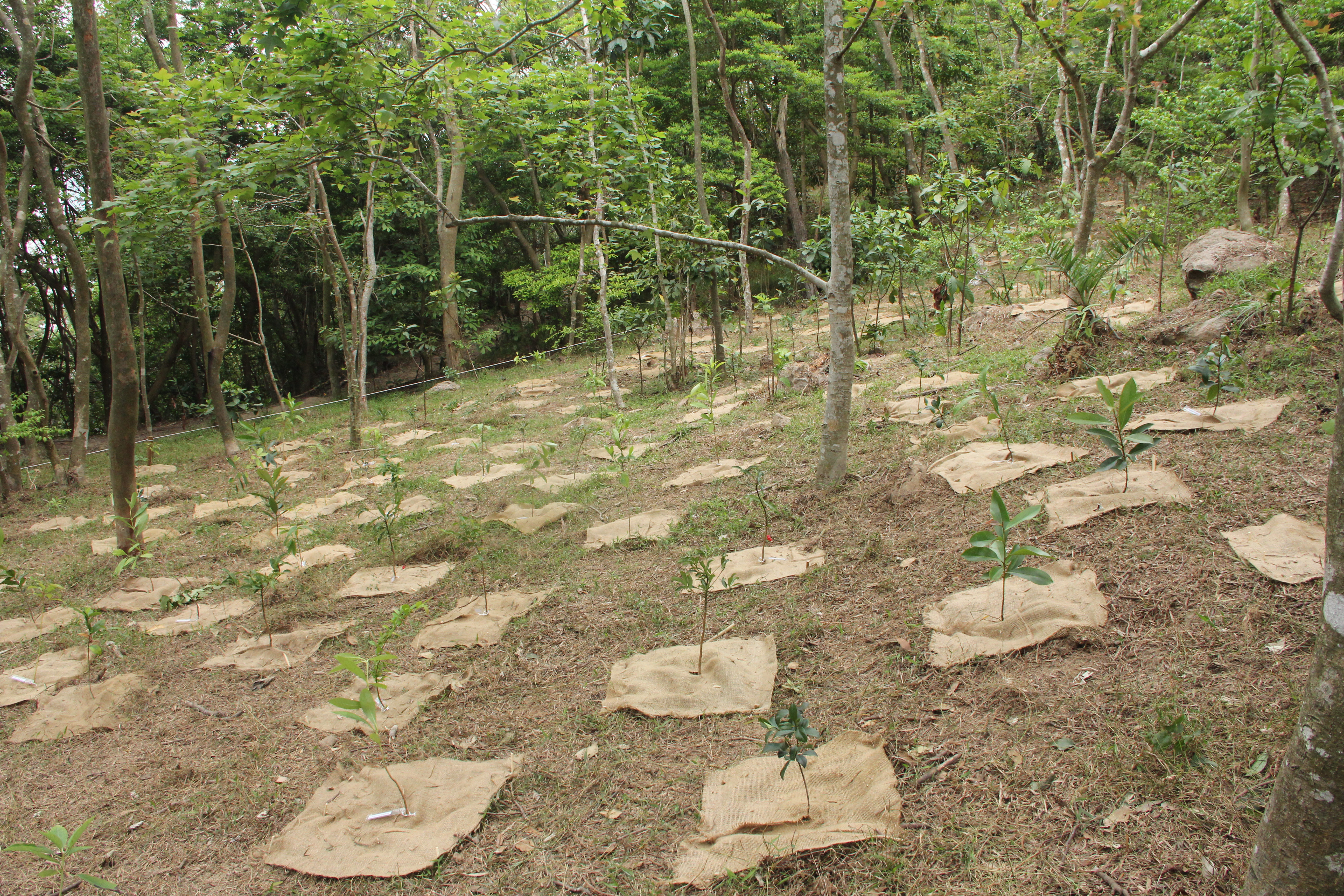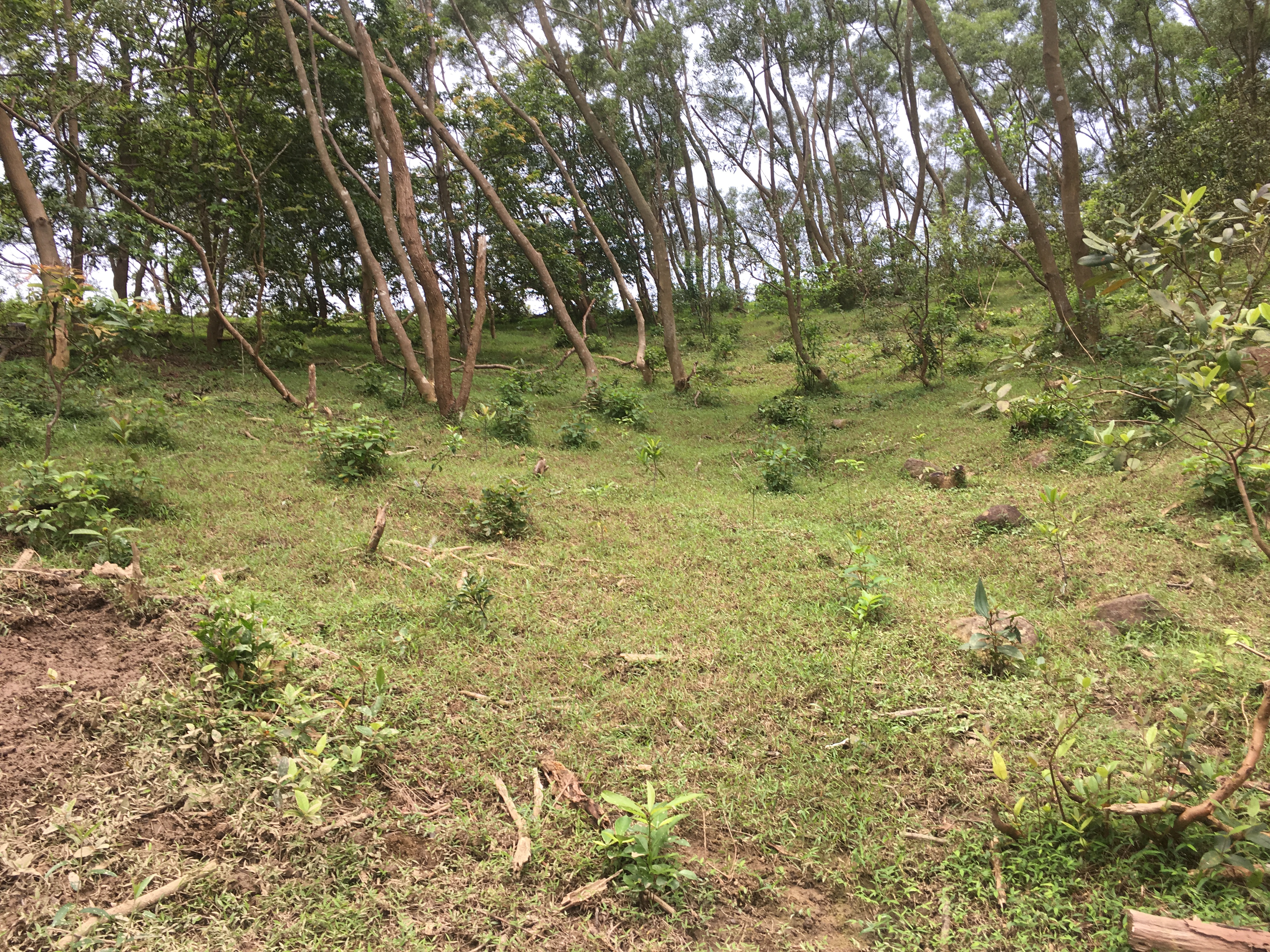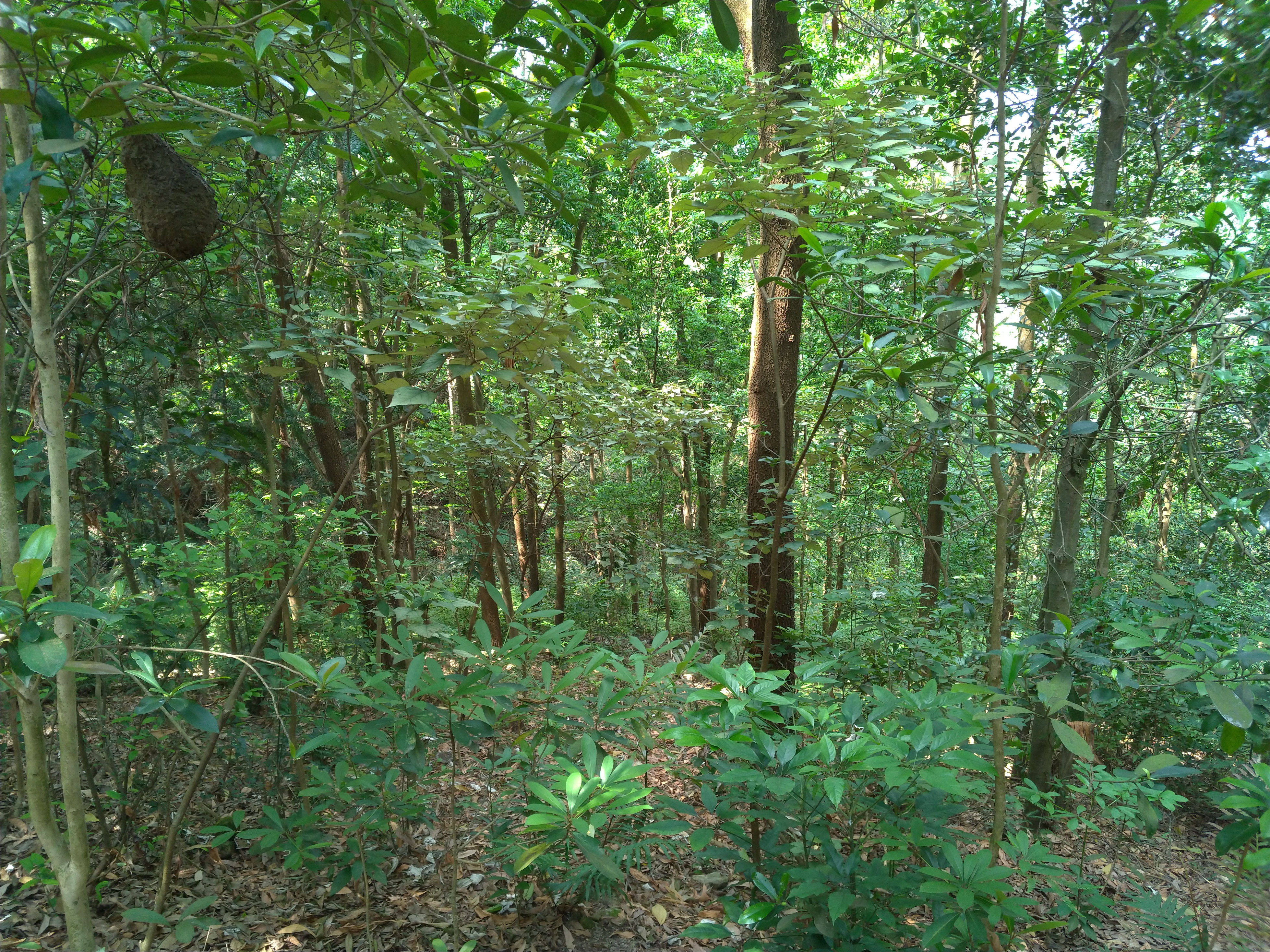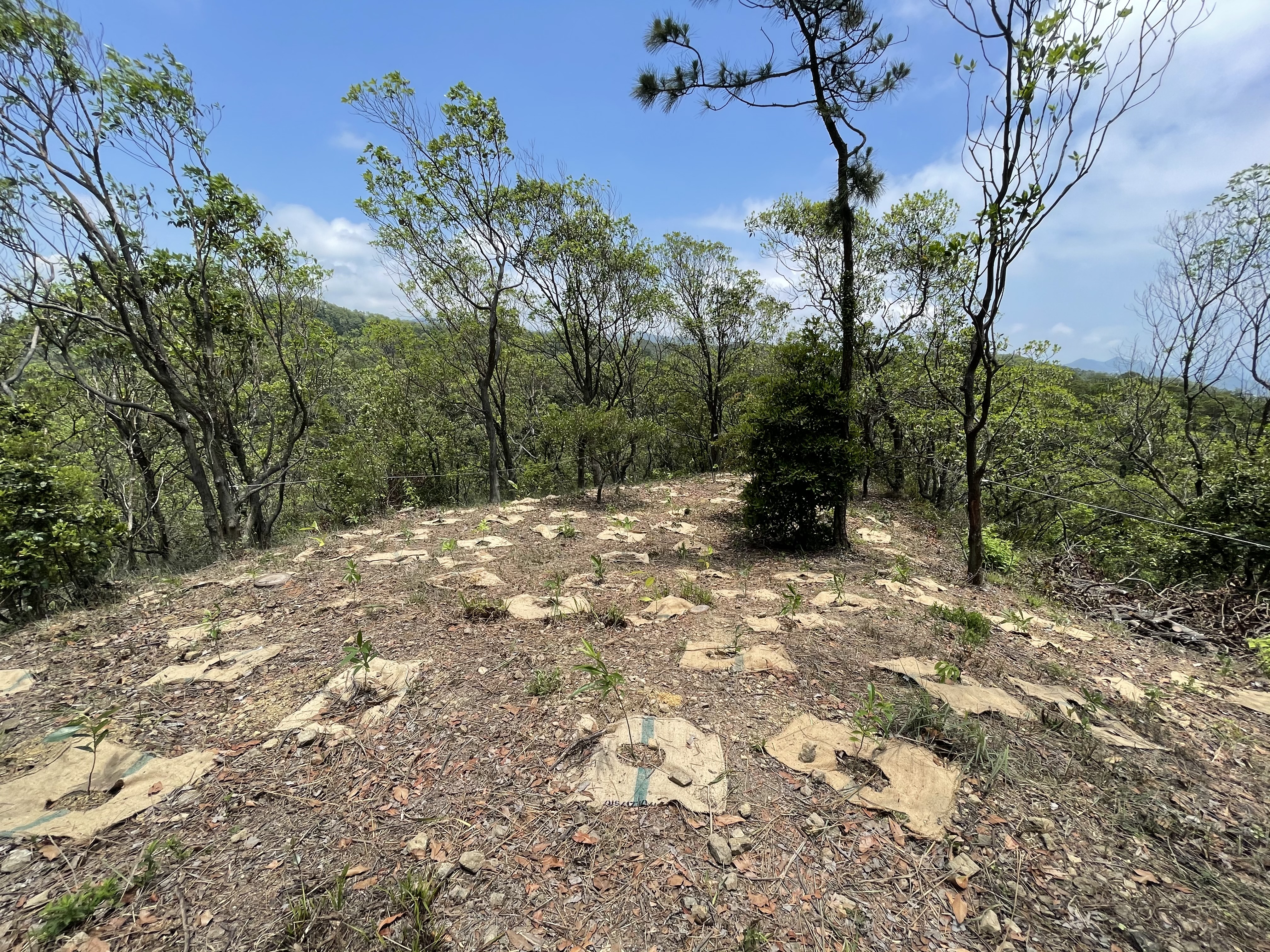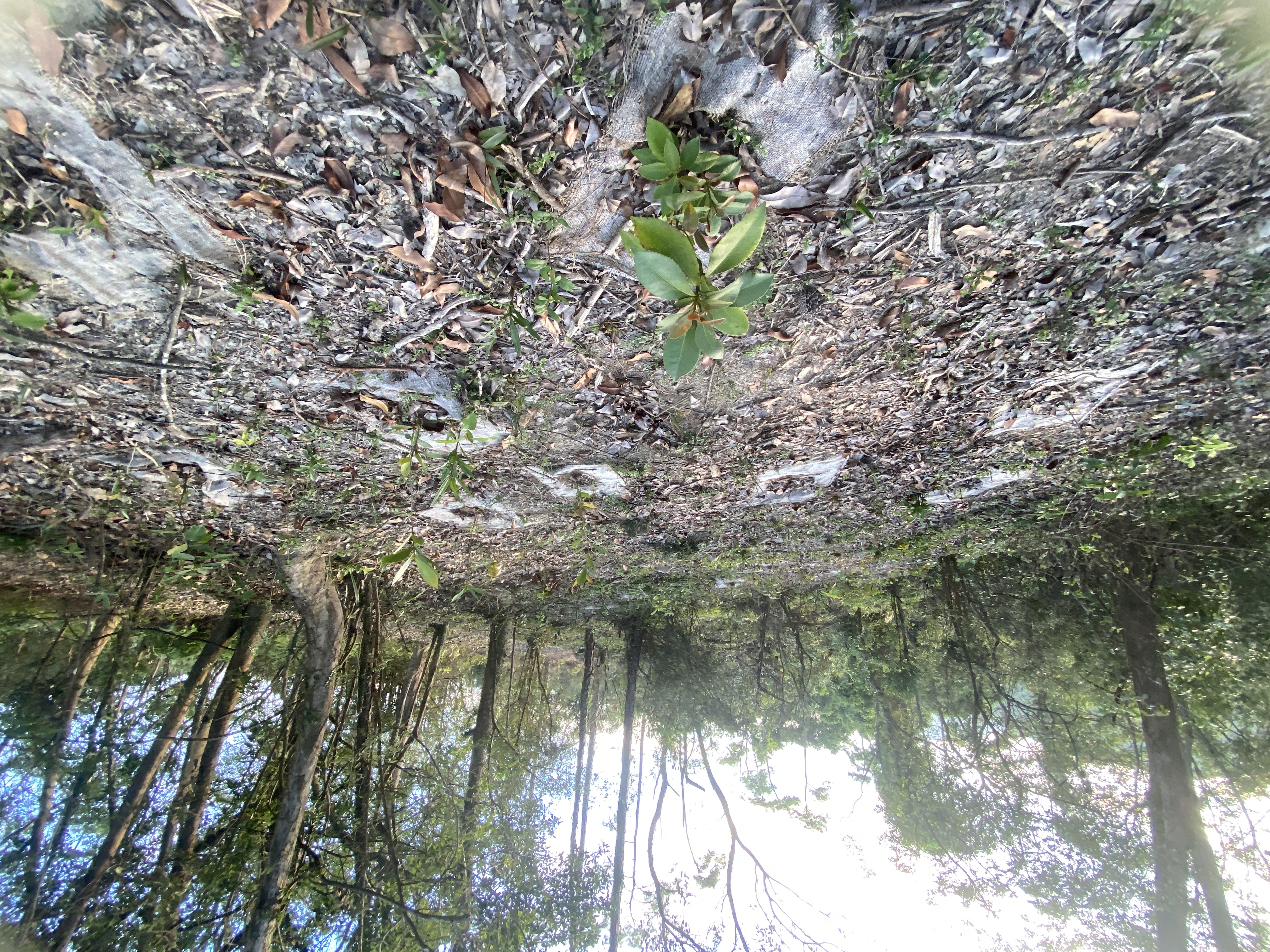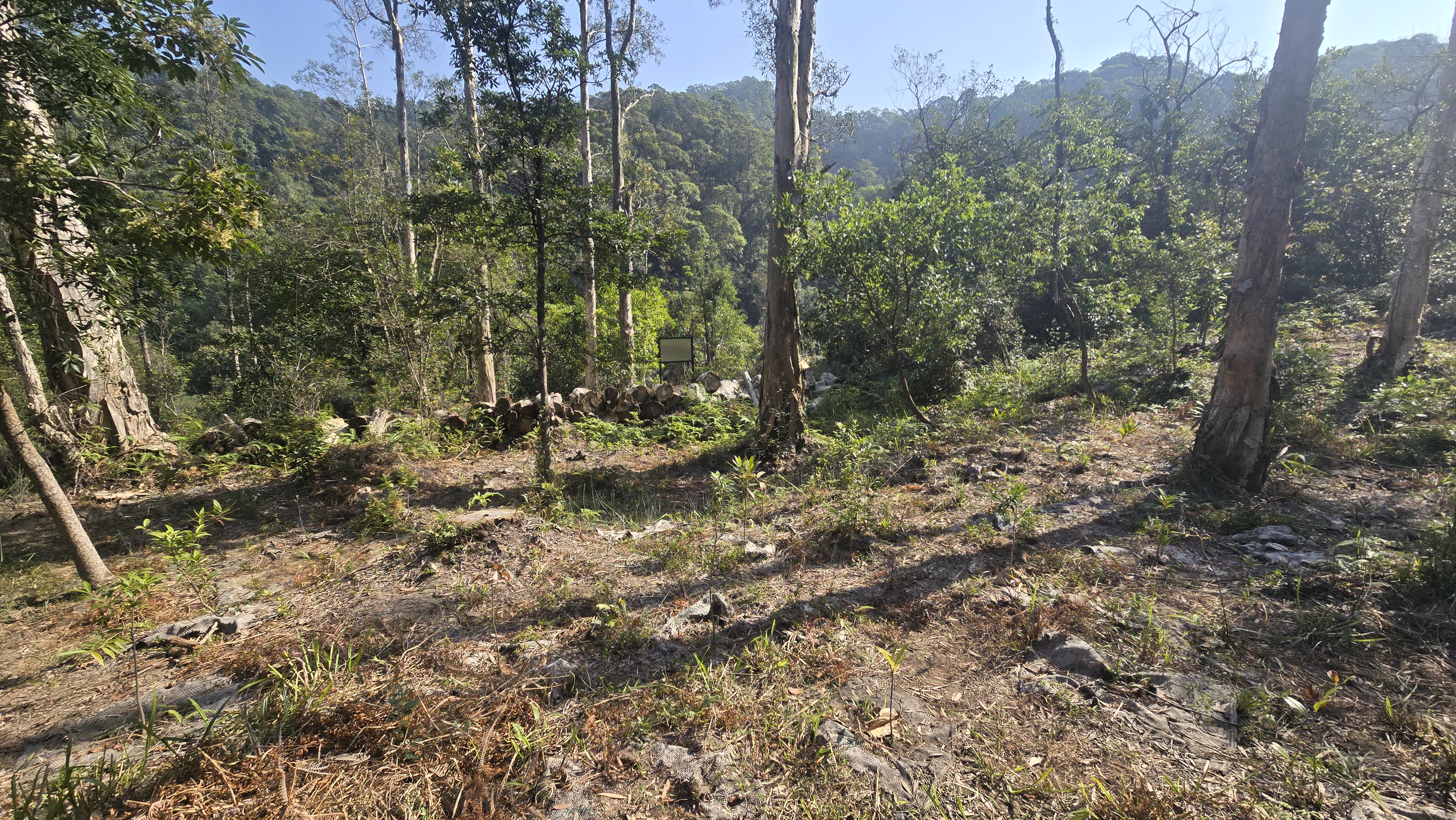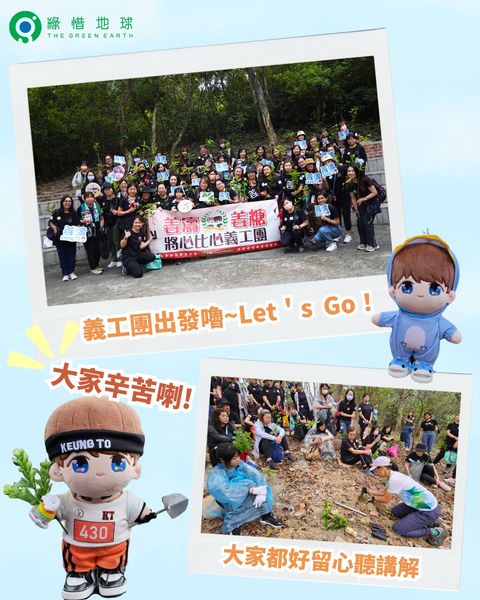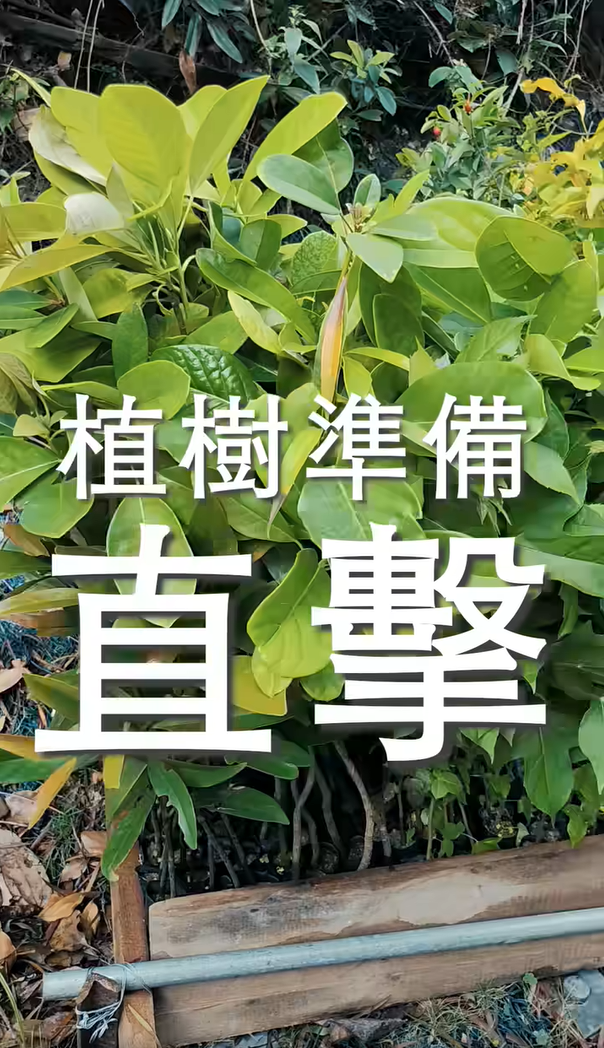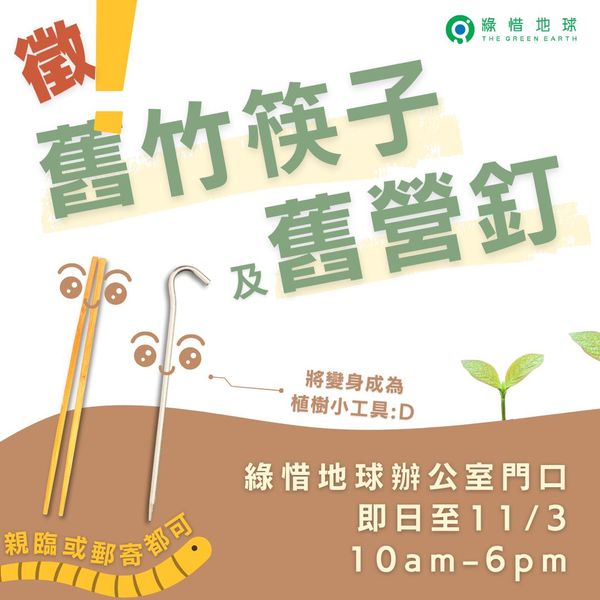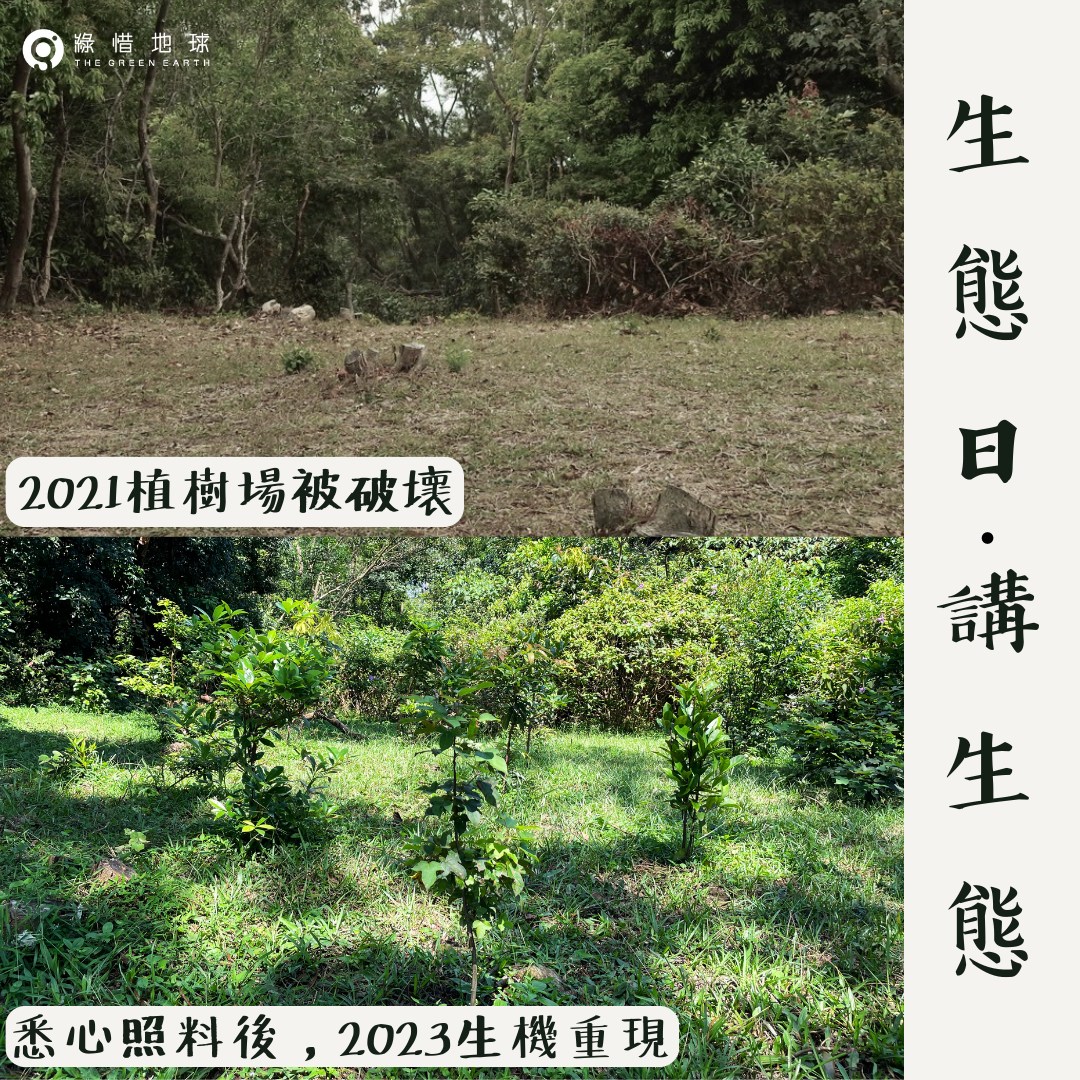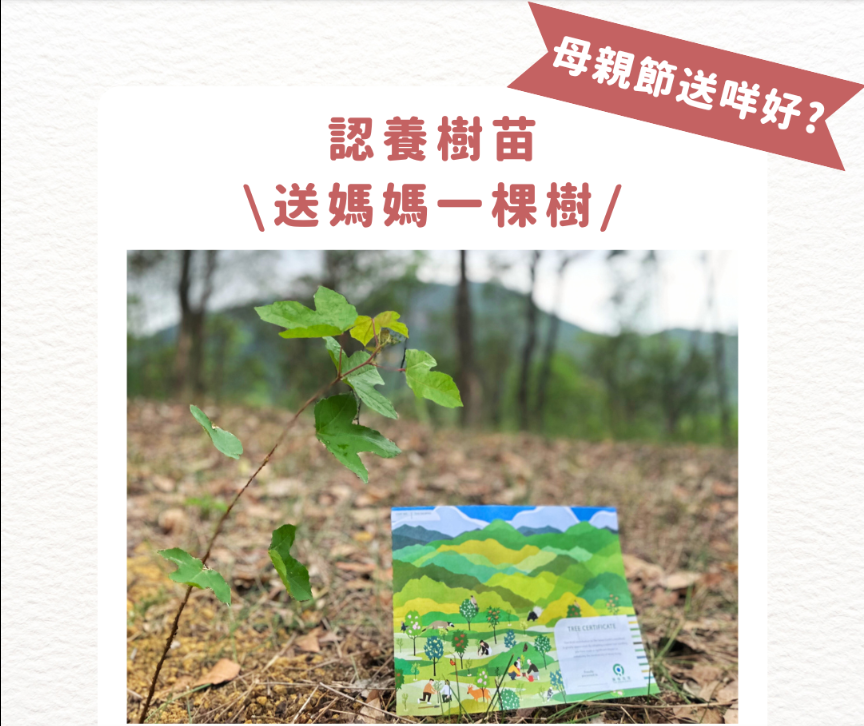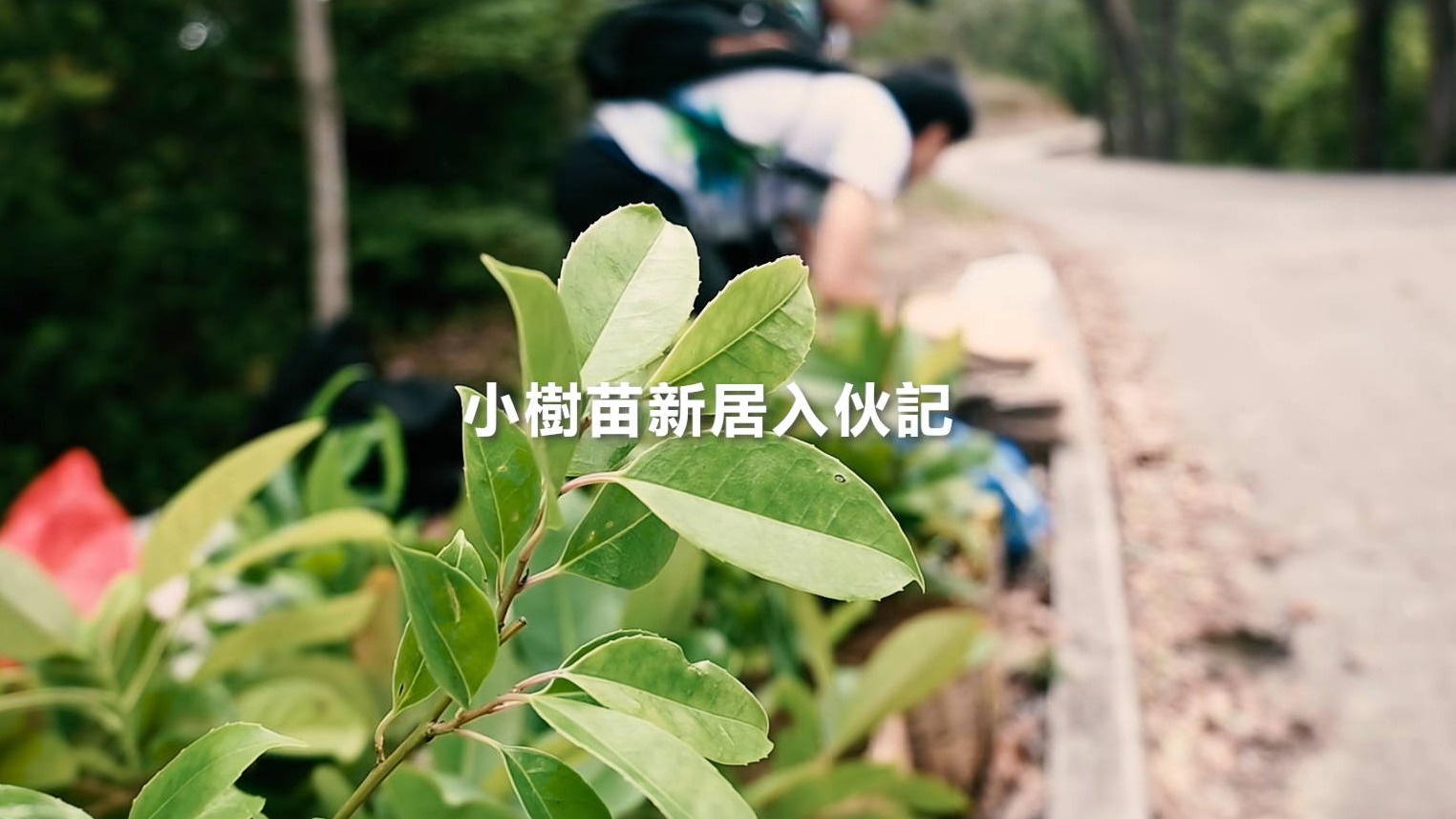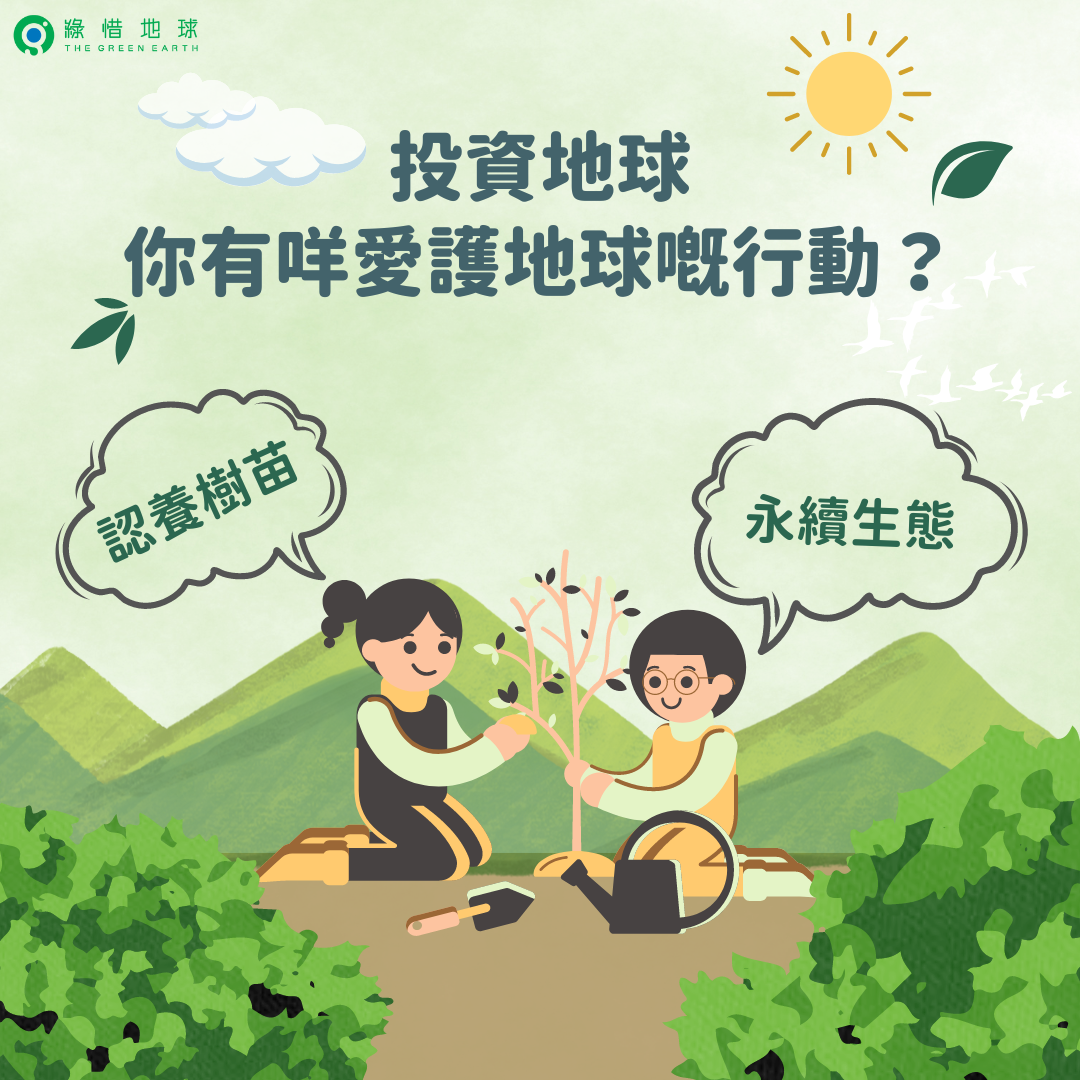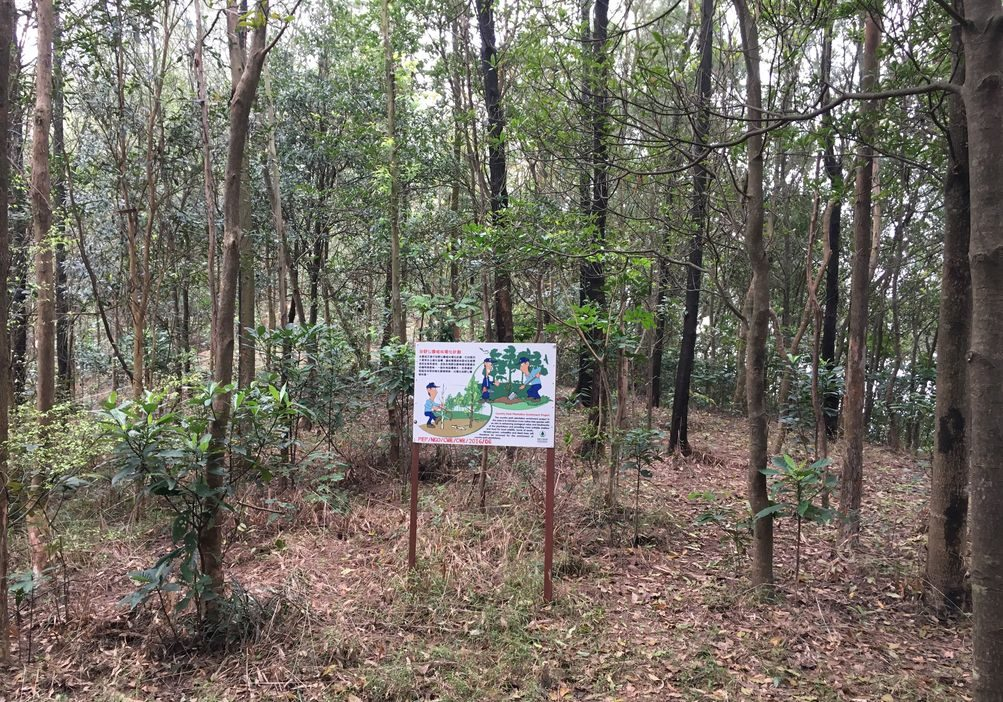
About Plantation Enrichment Programme
Woodlands were largely destroyed during World War II. The Hong Kong government initiated large-scale afforestation efforts to restore barren hillsides and eroded slopes.
Before the 1980s, exotic tree species such as Acacia confusa, Lophostemon confertus, Pinus elliottii were commonly chosen for afforestation. They were widely planted in Hong Kong’s countryside because they could grow on poor soil rapidly and prevent soil erosion effectively.
However, these pioneer tree species face several challenges. These challenges include simultaneous aging and decay, limited growing space, and competitive traits exhibited by some non-native species that hinder the growth of other trees through natural succession. As a result, low biodiversity and slow natural regeneration of native tree species have been observed in these forests.
To enhance the ecological value of these plantations, the Agriculture, Fisheries and Conservation Department (AFCD) launched the “Country Parks Plantation Enrichment Programme” (PEP) in 2009. Major measures include thinning out aging exotic tree species (such as Acacia confusa, Melaleuca cajuputi, and Eucalyptus), planting native tree seedlings, and implementing tree care practices.
The Green Earth has joined the program since 2016, working together with the AFCD and the public to establish native forests and applying for new PEP sites every year. By planting native tree seedlings, we can enrich the plant diversity in country parks and provide more food and habitat for wild species. By 2025, our enrichment work covers a total of 16 tree planting sites designated by the AFCD.
Coordinated by
Supporting Parties
Sponsors

(2017-2021) (2020-2024) (2025- )

(2023-2028)

(2017-2021) (2018-2022) (2019-2023) (2021-2025) (2022-2026) (2023-2027)

(2021-2026)
Story of Woodlands in Hong Kong
How to convert the woodlands?
The process will take at least 5 years.
Different from normal tree-planting activity, all PEP procedures are conducted in existing woodlands. It will be a new experience to most members of the public.

Step 1
Divide the woodland into many study quadrats

Step 2
Strategically remove exotic tree species within the designated quadrats

Step 3
Replace with native tree species

Step 4
Annual growth check and tree-care maintenance (like weeding and adding fertilizer)

Step 5
Conduct ecological survey regularly
Native Tree Species

Daphniphyllum Pentandrum
Scientific Name:
Daphniphyllum pentandrum
Flowering Period: Mar - May
Fruiting Period: Aug - Nov

Hance's Syzygium
Scientific Name:
Syzygium hancei
Flowering Period: Jul - Sep
Fruiting Period: Oct
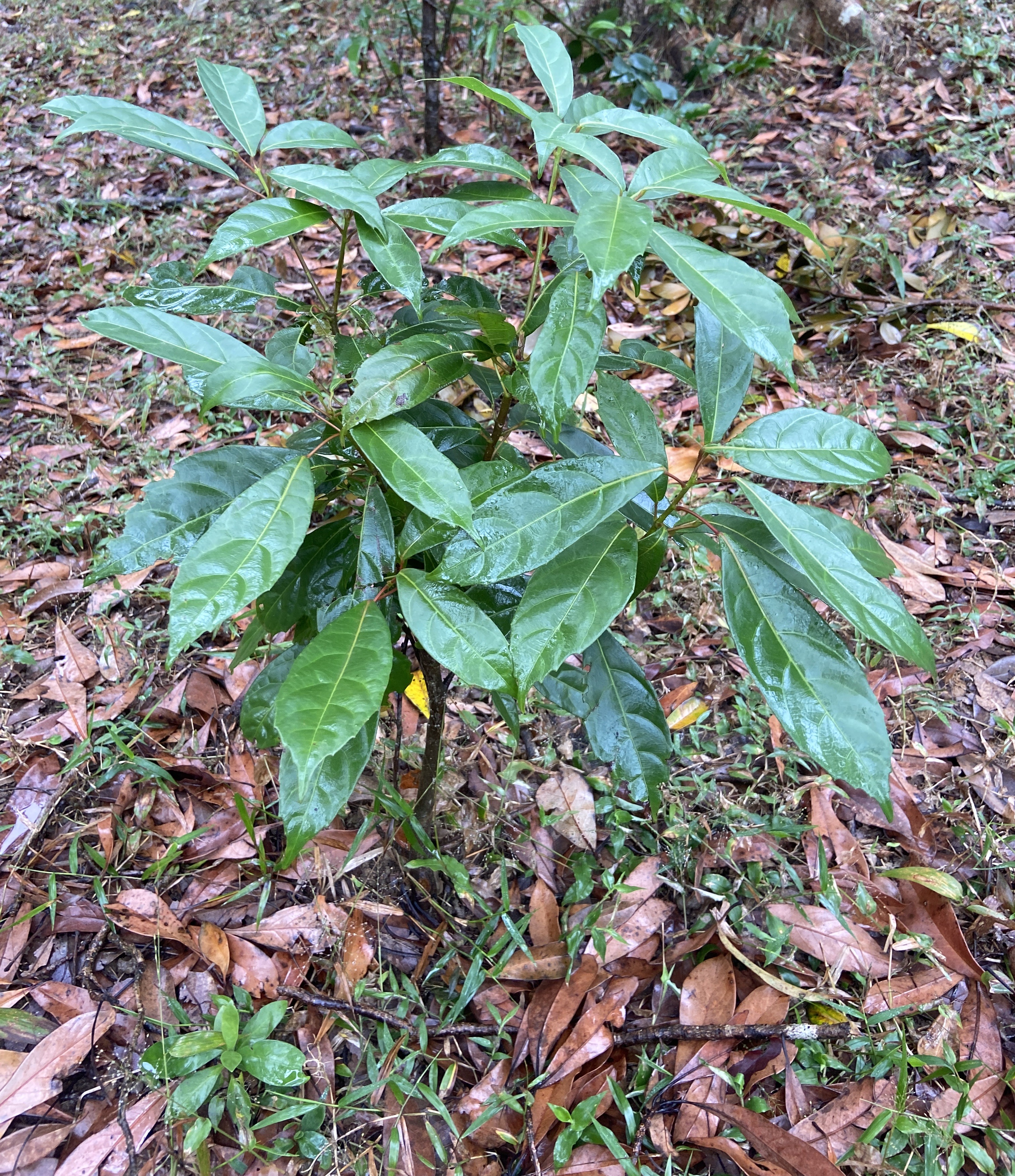
Sloanea
Scientific Name:
Sloanea sinensis
Flowering Period: Sep - Nov
Fruiting Period: Jun - Jul
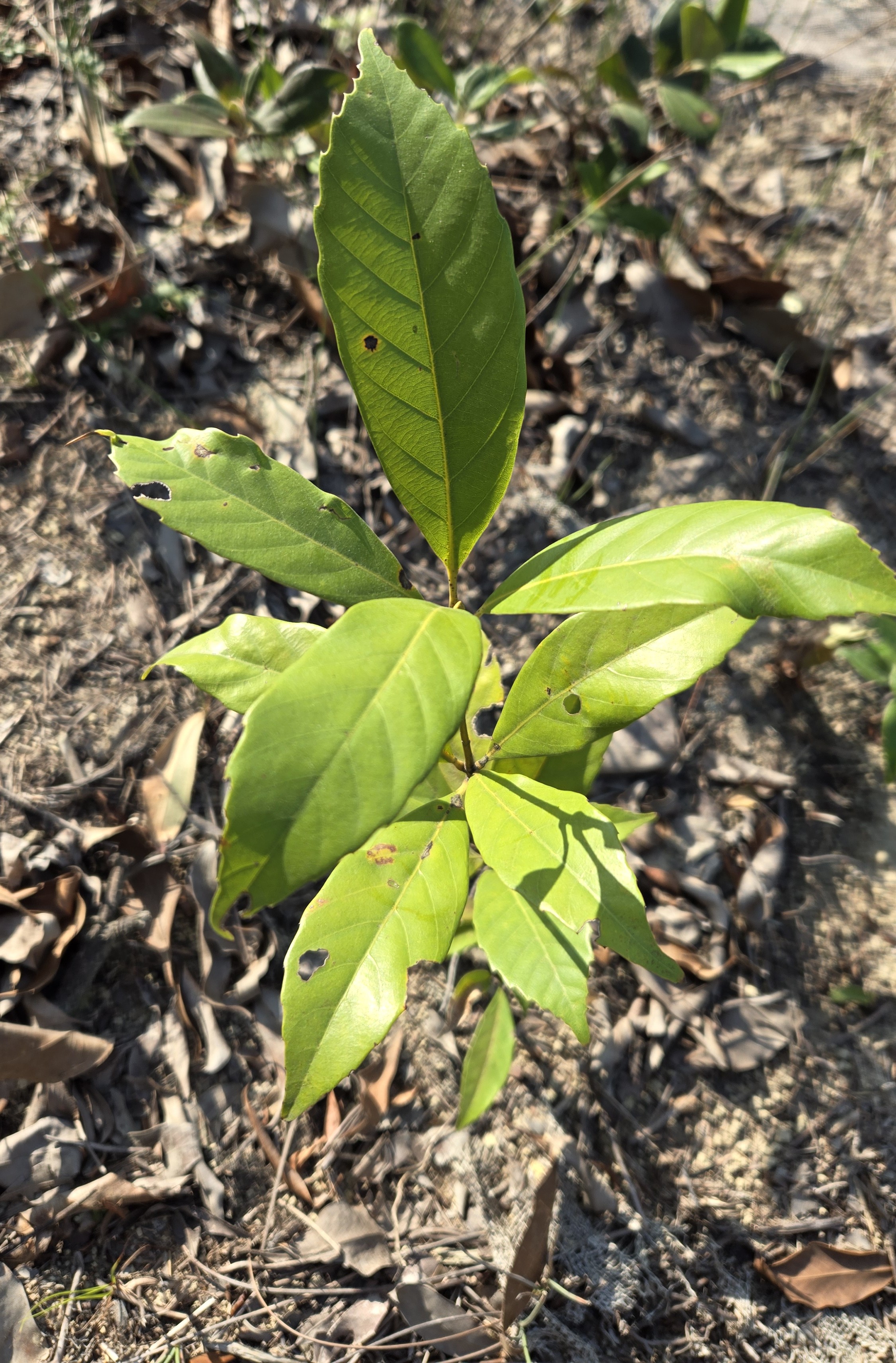
Japanese Blue Oak
Scientific Name:
Cyclobalanopsis glauca
Flowering Period: Apr - May
Fruiting Period: Oct

Sweet Viburnum
Scientific Name:
Viburnum odoratissimum
Flowering Period: Mar - Aug
Fruiting Period: May - Sep
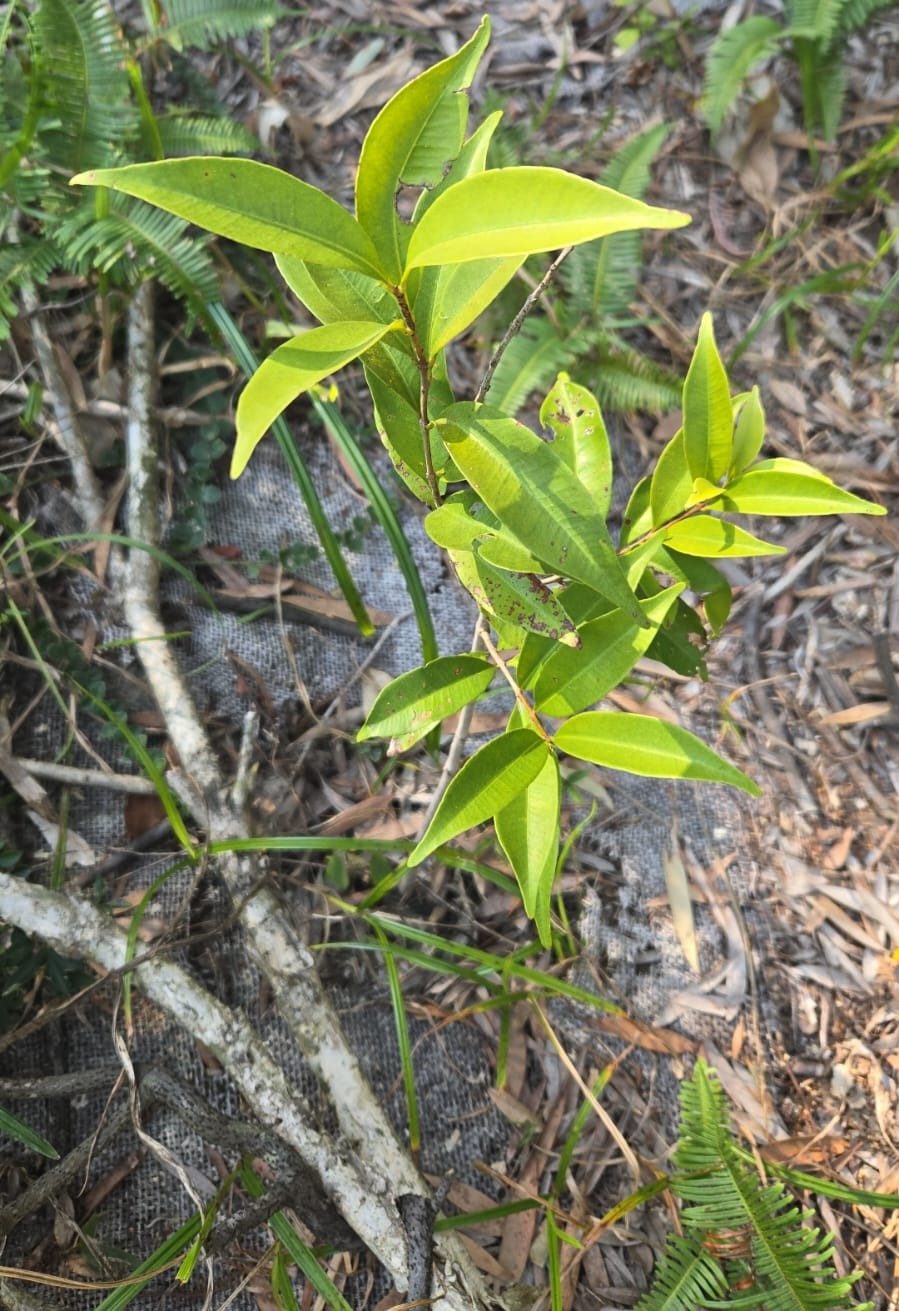
Levine's Syzygium
Scientific Name:
Syzygium levinei
Flowering Period: Jul - Sep
Fruiting Period: Feb -May

Lingnan Garcinia
Scientific Name:
Garcinia oblongifolia
Flowering Period: Apr - May
Fruiting Period: Oct - Dec
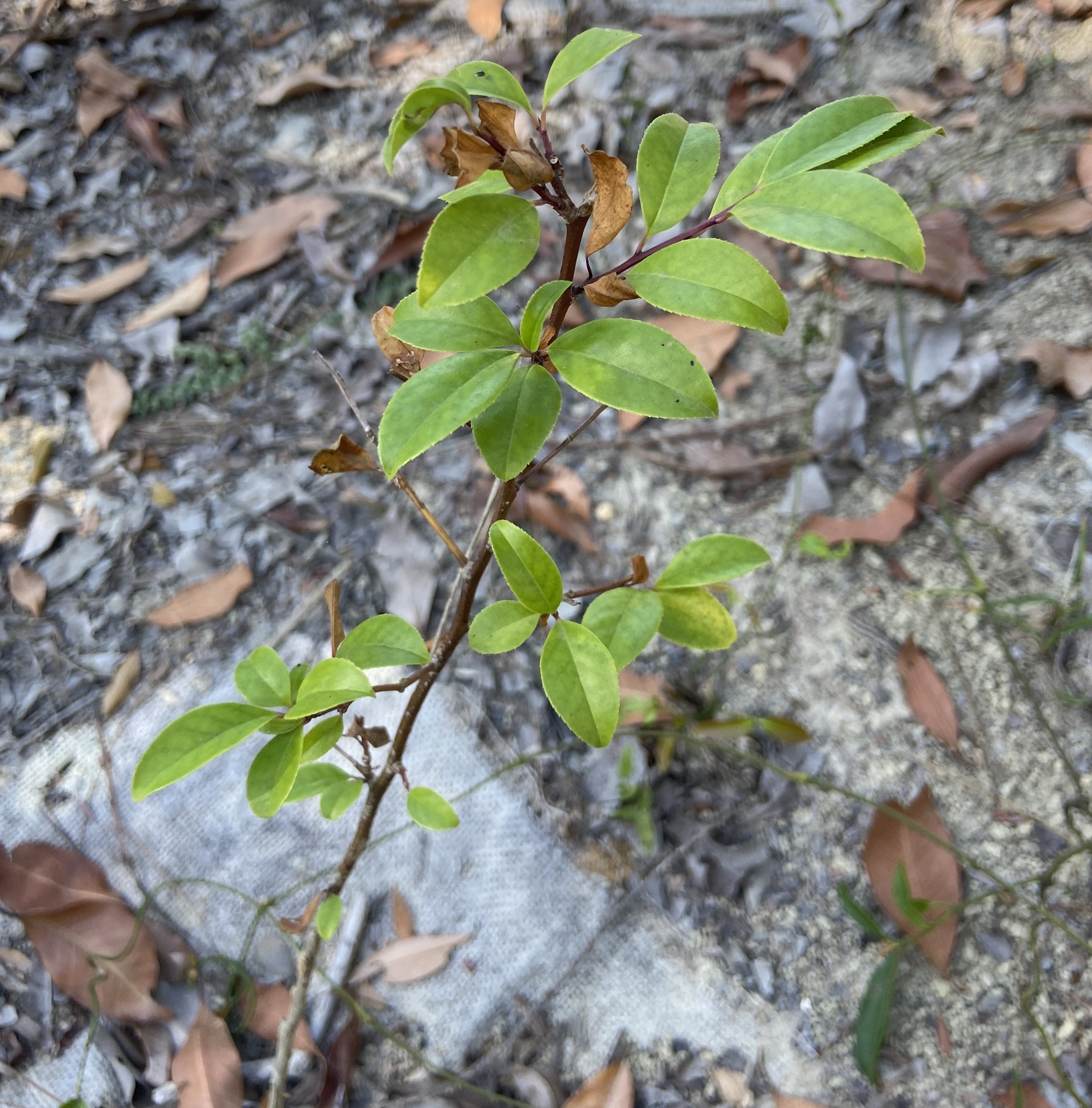
Photinia Benthamiana
Scientific Name:
Photinia benthamiana
Flowering Period: Mar - May
Fruiting Period: Jul - Dec
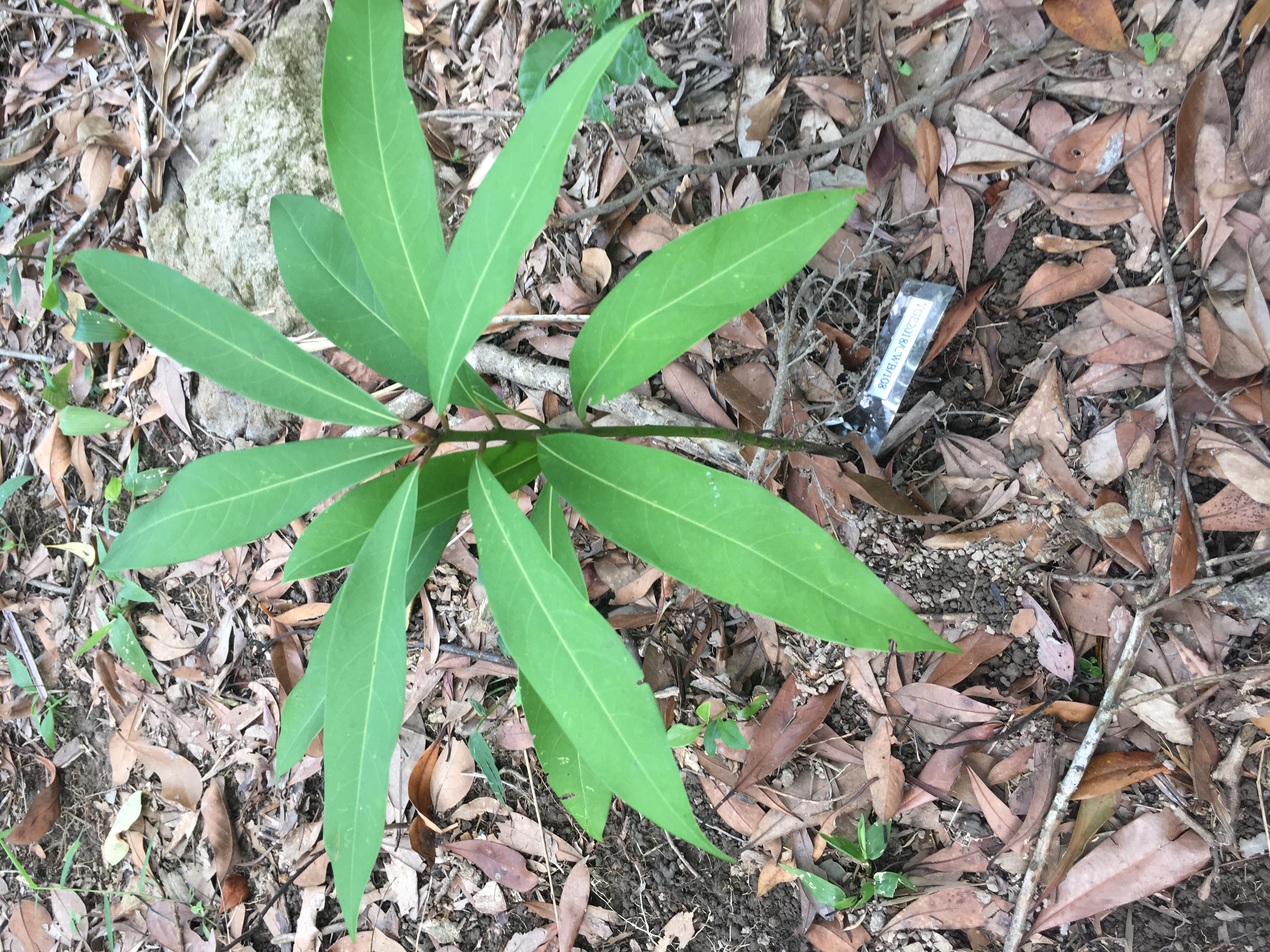
Many-nerves Machilus
Scientific Name:
Machilus pauhoi
Flowering Period: Feb
Fruiting Period: Apr - May
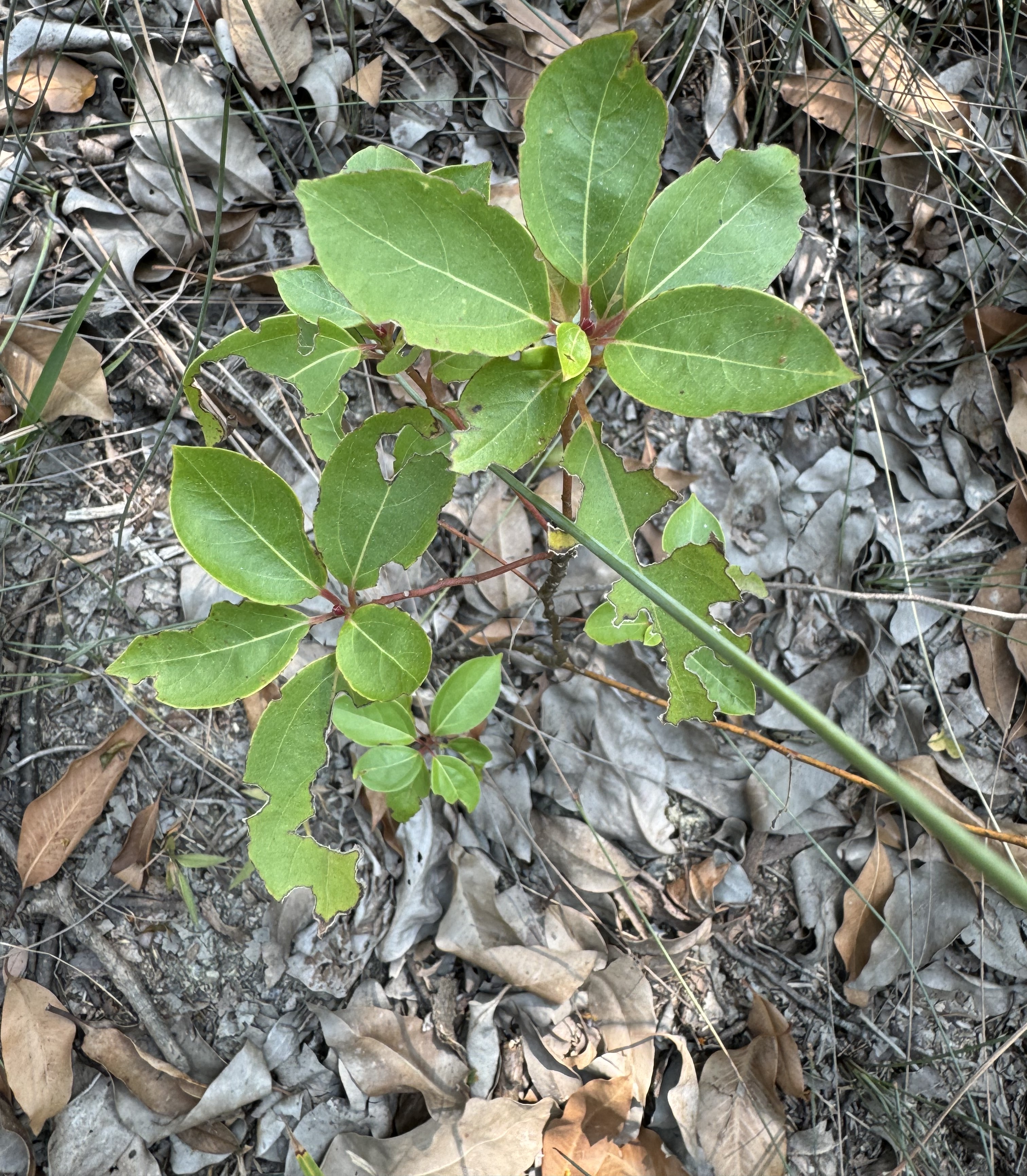
Camphor Tree
Scientific Name:
Cinnamomum camphora
Flowering Period: Apr - May
Fruiting Period: Oct - Nov
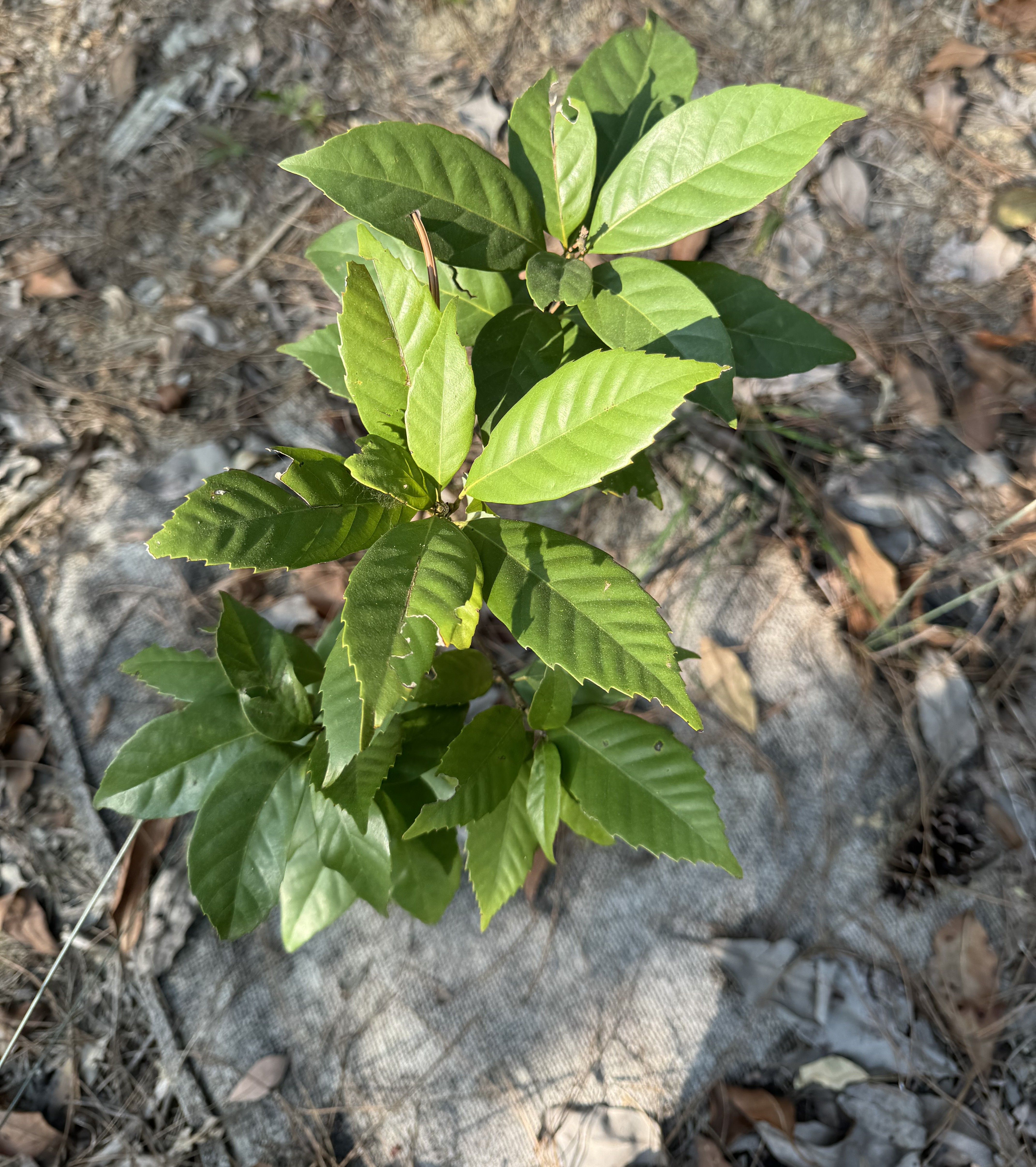
Oak
Scientific Name:
Cyclobalanopsis myrsinifolia
Flowering Period: May
Fruiting Period: Oct
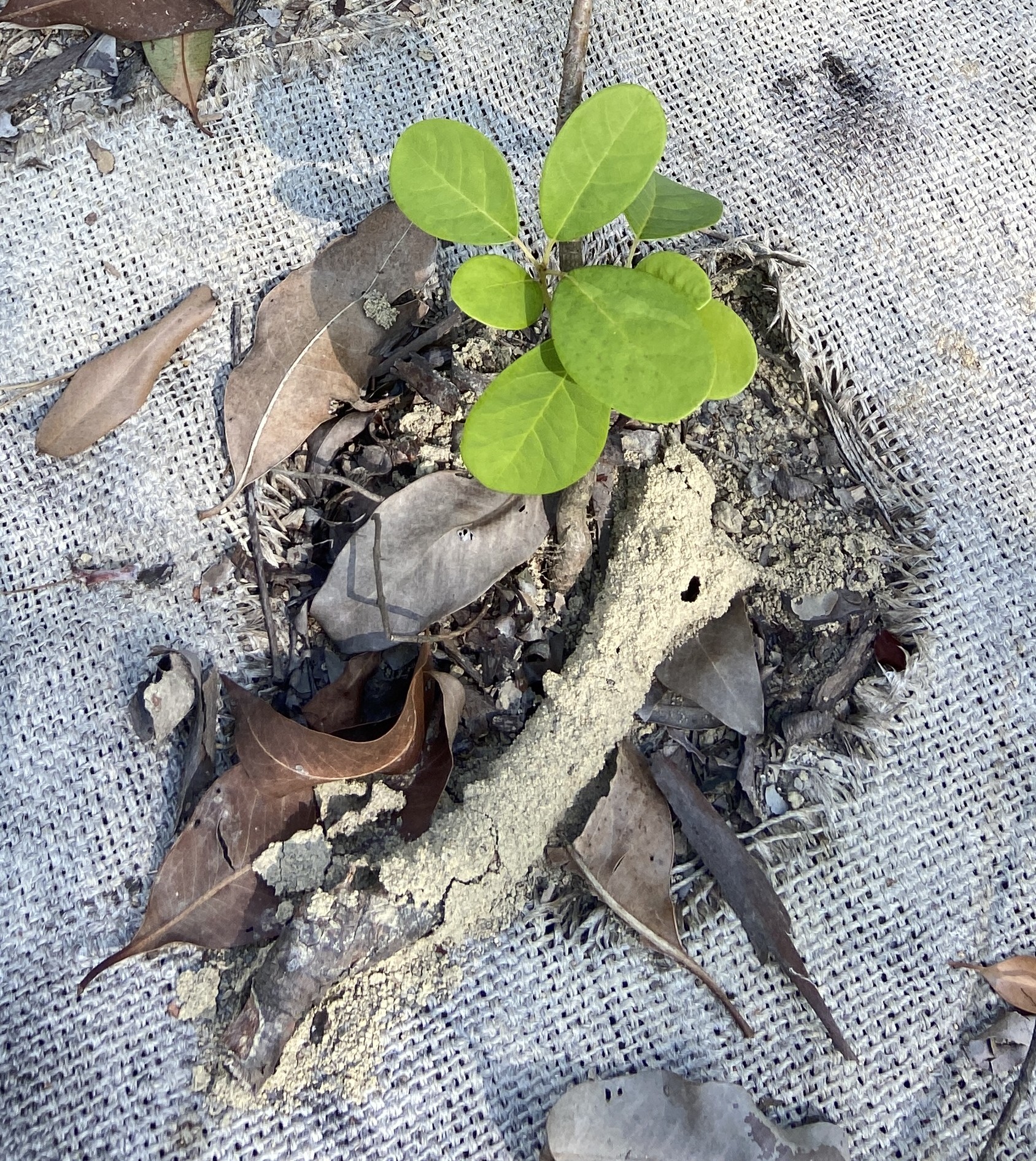
Bridelia Tomentosa
Scientific Name:
Bridelia tomentosa
Flowering Period: Free Flowering
Fruiting Period: Whole Year

Sweet Gum
Scientific Name:
Liquidambar formosana
Flowering Period: Mar - Jun
Fruiting Period: Jul - Sep

Strawberry Tree
Scientific Name:
Morella rubra
Flowering Period: Apr
Fruiting Period: Jun - Jul

Thick-leaved Oak
Scientific Name:
Cyclobalanopsis edithiae
Flowering Period: Apr
Fruiting Period: Oct

Nodding Wikstroemia
Scientific Name:
Wikstroemia nutans
Flowering Period: Nov - Dec
Fruiting Period: Mar - May

Reevesia
Scientific Name:
Reevesia thyrsoidea
Flowering Period: Mar - Apr
Fruiting Period: Jun - Oct

Cape Jasmine
Scientific Name:
Gardenia jasminoides
Flowering Period: Mar - Jul
Fruiting Period: May - Feb

Rough-leaved Holly
Scientific Name:
Ilex asprella
Flowering Period: Mar - Apr
Fruiting Period: Apr - Oct

Lance-leaved Sterculia
Scientific Name:
Sterculia lanceolata
Flowering Period: Apr - May
Fruiting Period: Aug - Sep
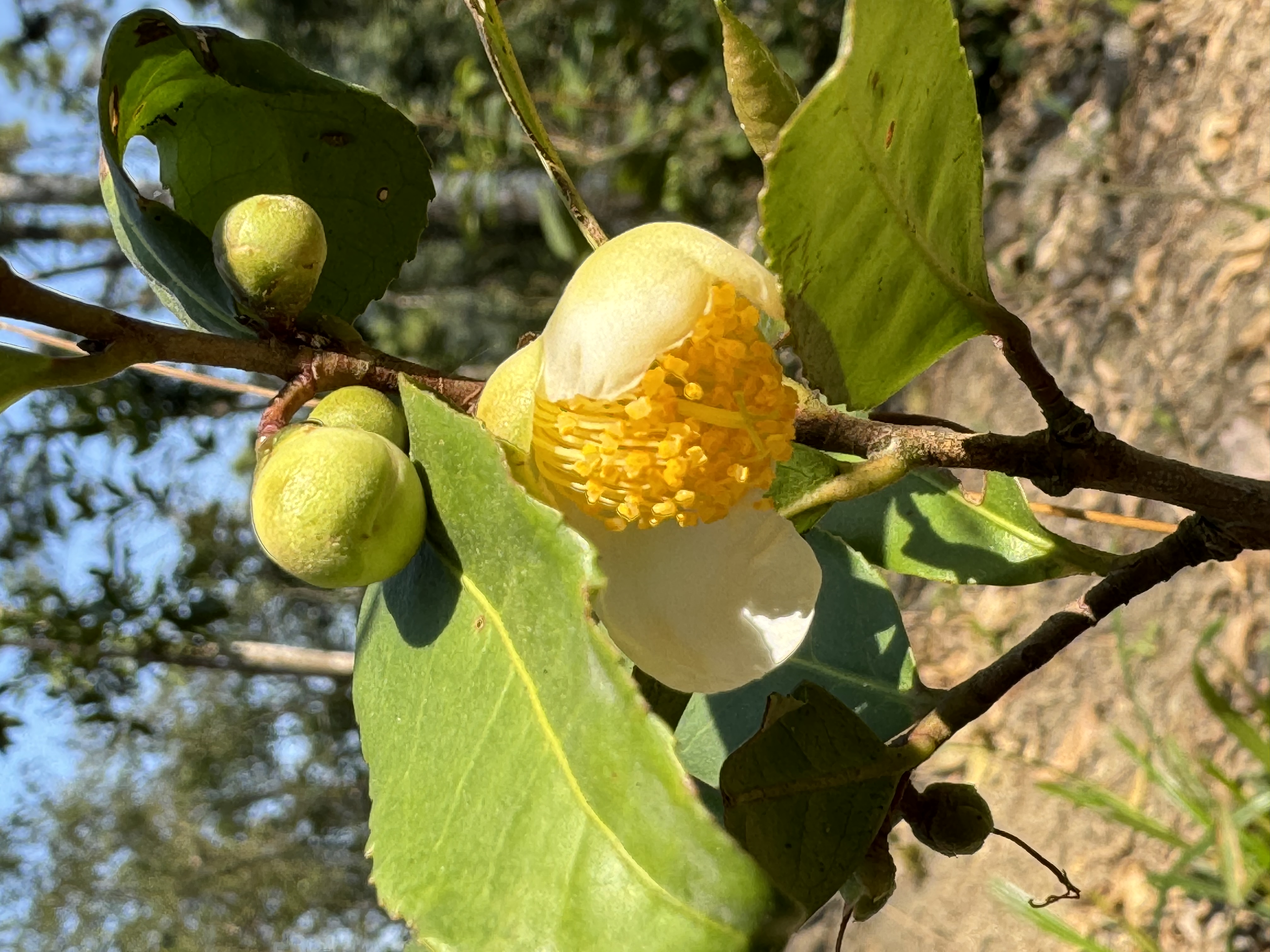
Tea
Scientific Name:
Camellia sinensis
Flowering Period: Oct - Feb
Fruiting Period: Aug - Oct

Rhodoleia
Scientific Name:
Rhodoleia championii
Flowering Period: Feb - Apr
Fruiting Period: May - Aug

Crapnell`s Camellia
Scientific Name:
Camellia crapnelliana
Flowering Period: Dec
Fruiting Period: Jun - Sep

Chinese Eurya
Scientific Name:
Eurya chinensis
Flowering Period: Dec - Jan
Fruiting period: Mar - May
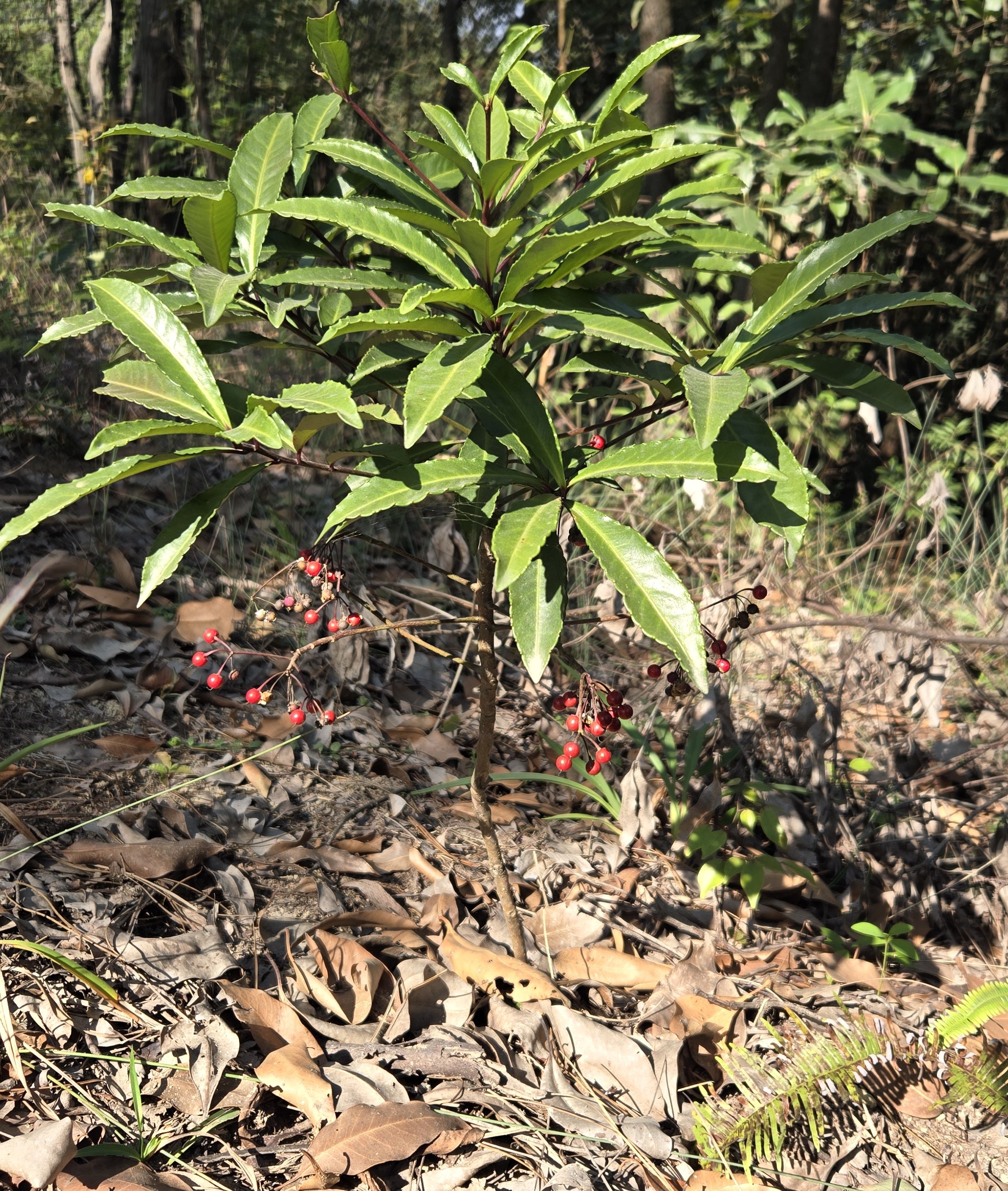
Hilo Holly
Scientific Name:
Ardisia crenata
Flowering Period: May - Jun
Fruiting Period: Oct -Dec

Hong Kong Hawthorn
Scientific Name:
Rhaphiolepis indica
Flowering Period: Mar - Jun
Fruiting Period: Jul - Aug

Shrubby Ormosia
Scientific Name:
Ormosia emarginata
Flowering Period: May - Jul
Fruiting period: Oct - Dec
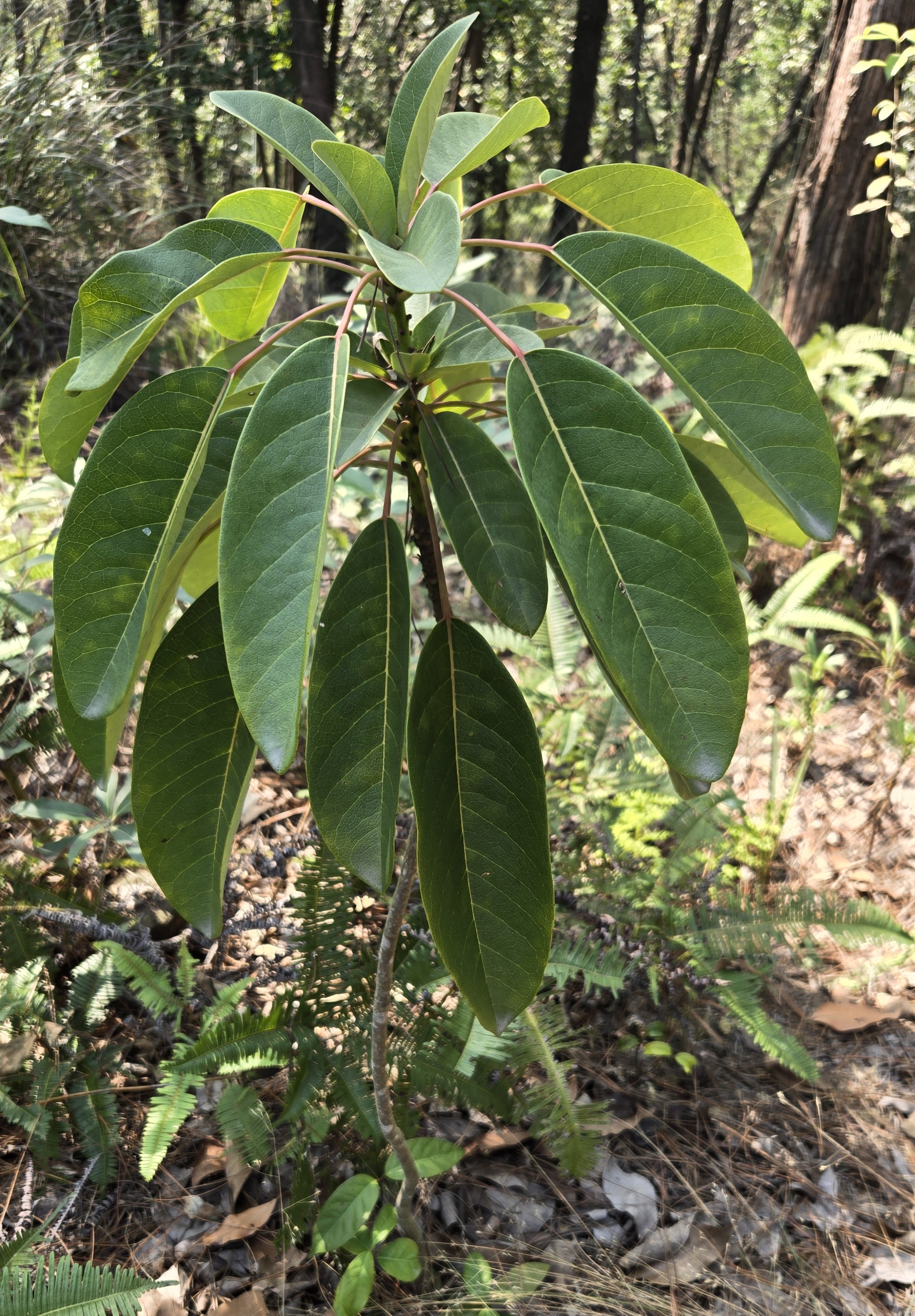
Calyx-shaped Daphniphyllum
Scientific Name:
Daphniphyllum calycinum
Flowering Period: Apr - Jun
Fruiting Period: Aug - Nov
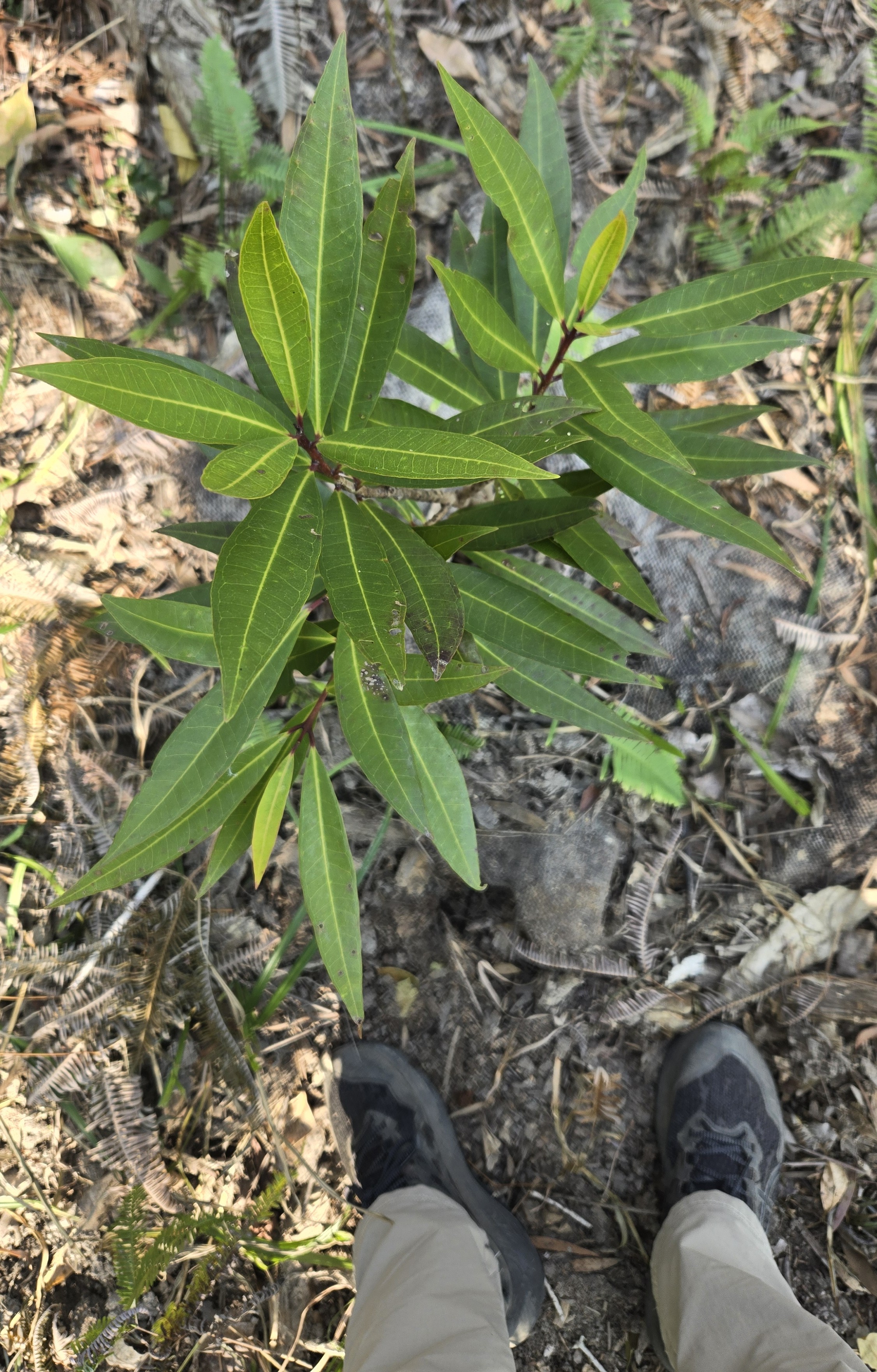
Lidded Cleistocalyx
Scientific Name:
Cleistocalyx nervosum
Flowering Period: May - Jun
Fruiting Period: Aug - Sep

Chinese Gugertree
Scientific Name:
Schima superba
Flowering Period: Jun - Aug
Fruiting Period: Oct - Dec

Small-fruited Holly
Scientific Name
Ilex rotunda Thunb. var. microcarpa
Flowering Period: Mar - May
Fruiting Period: Dec - Feb
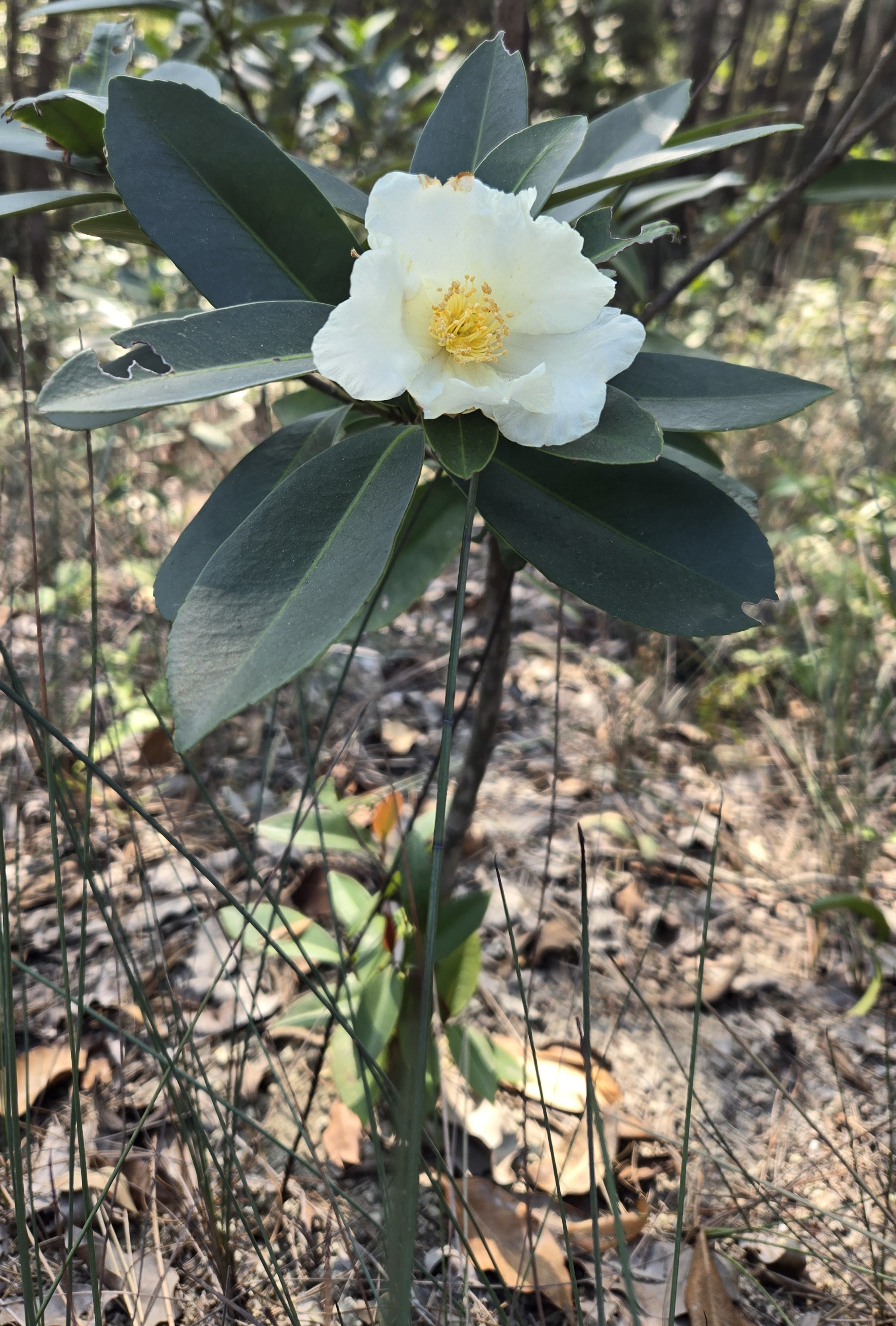
Hong Kong Gotdonia
Scientific Name:
Polyspora axillaris
Flowering Period: Sep - Oct
Fruiting Period: Nov - Dec


 Green Talks
Green Talks 